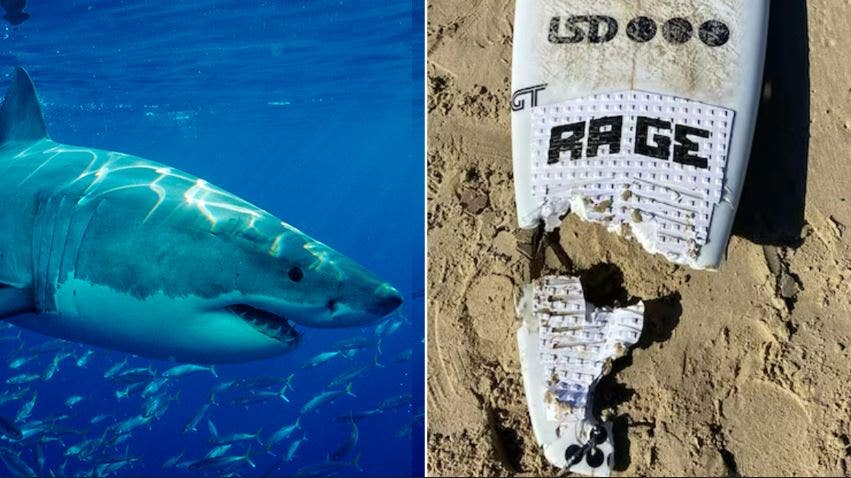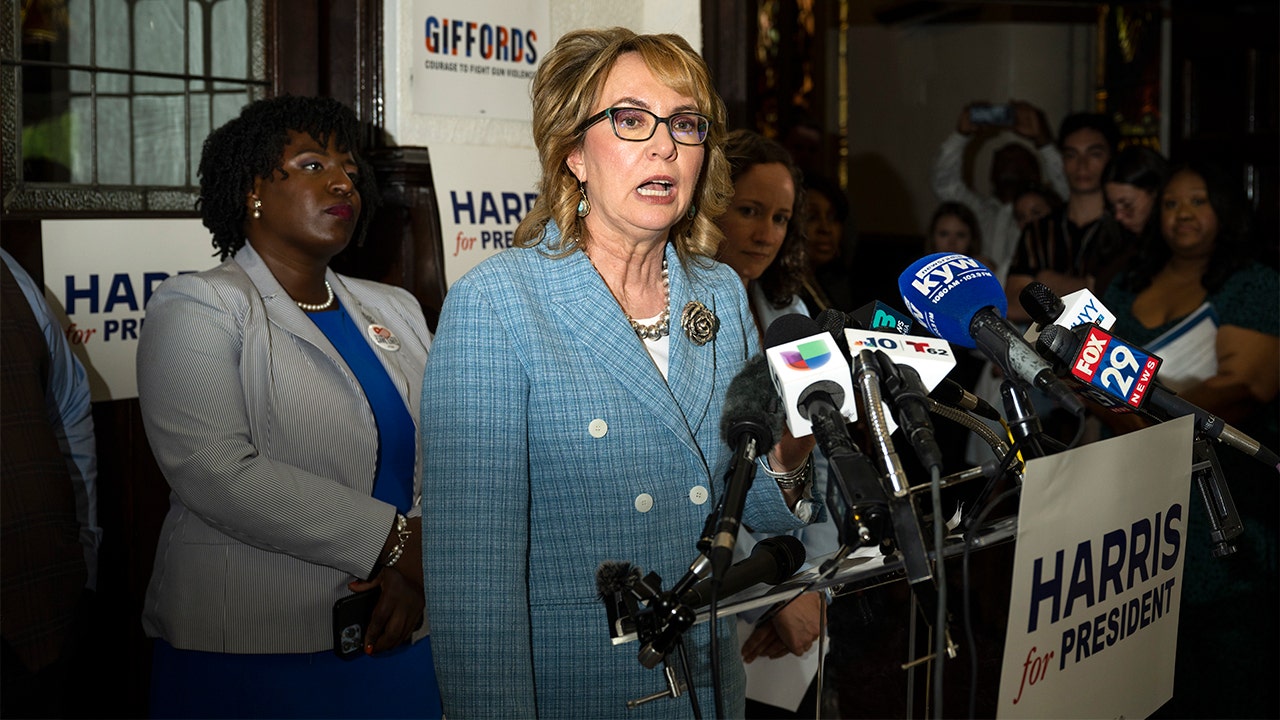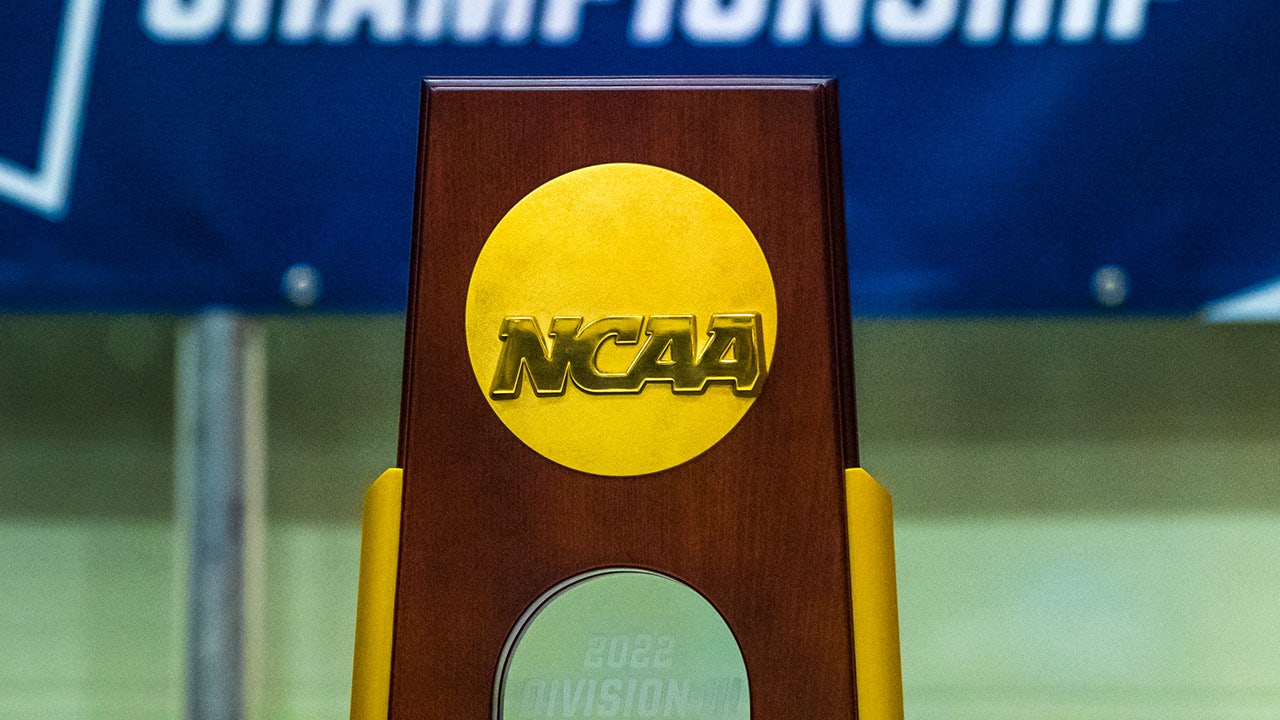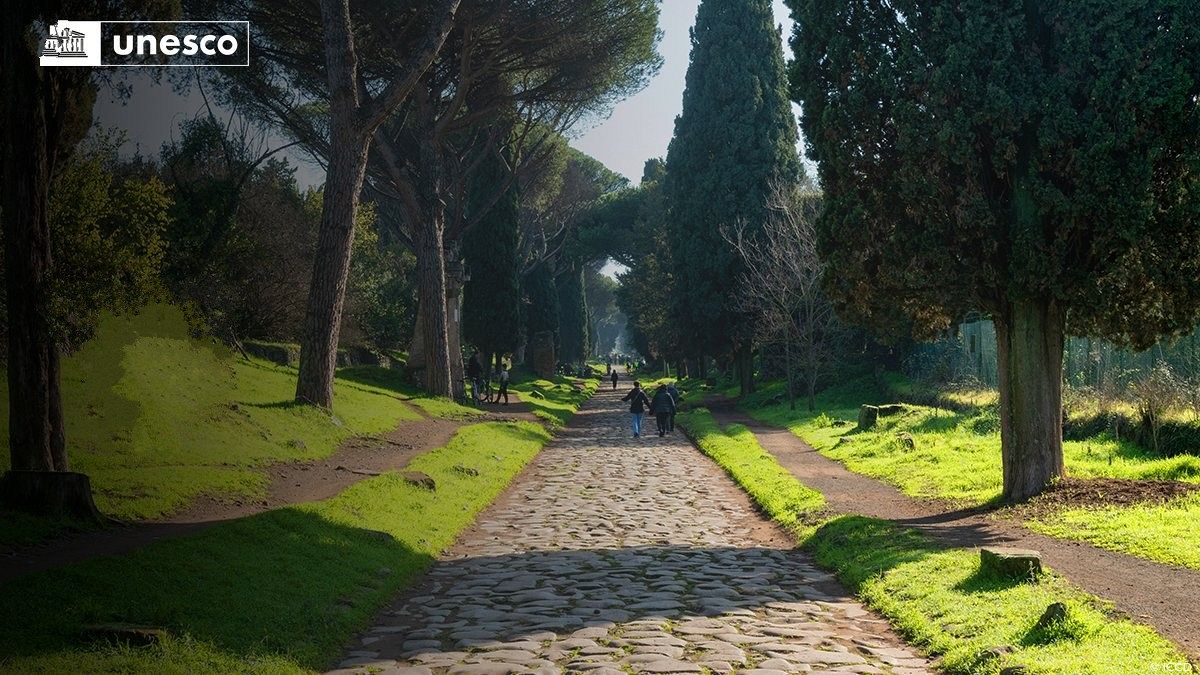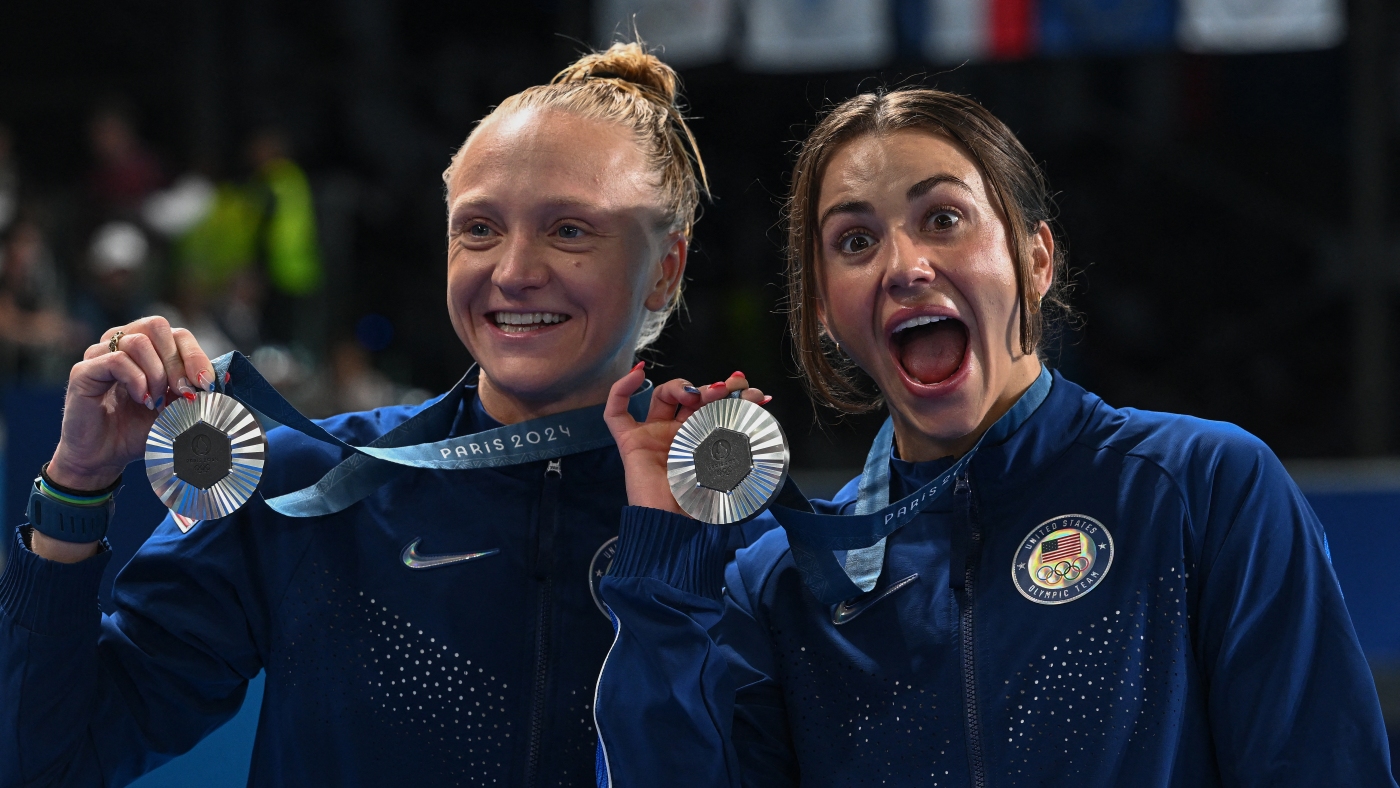Entertainment
Cara Delevingne's Studio City home engulfed by massive fire: 'Cherish what you have'
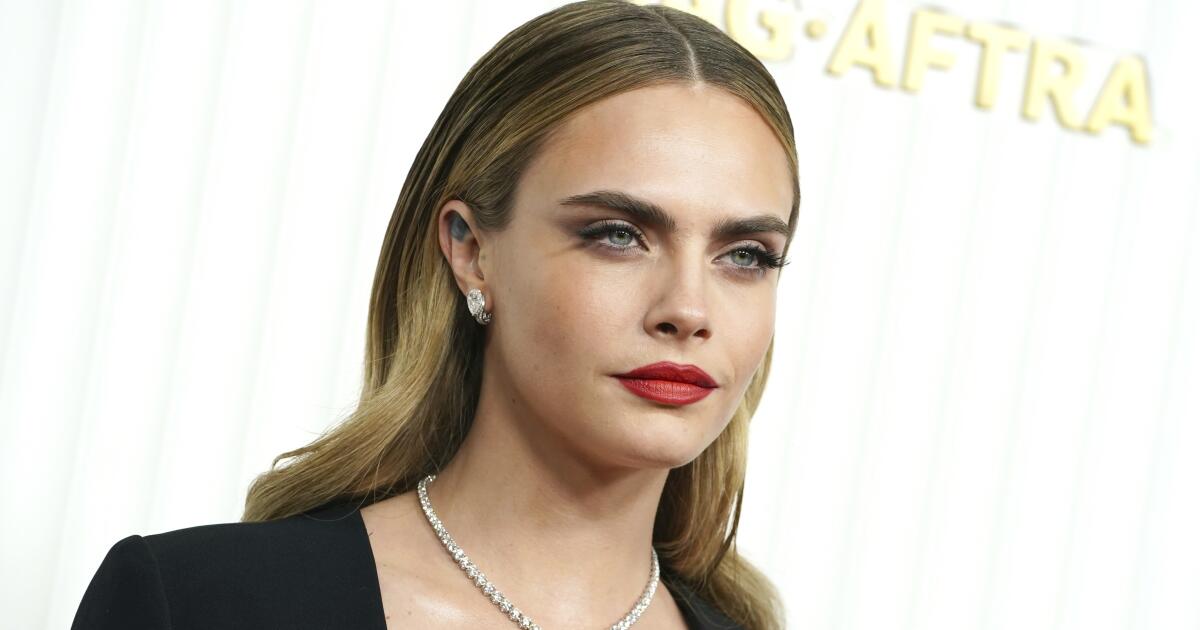
The Los Angeles Fire Department knocked down a greater alarm structure fire in Studio City on Friday morning at a hillside home belonging to actor-model Cara Delevingne.
“My heart is broken today … I cannot believe it. Life can change in a blink of an eye. So cherish what you have,” Delevingne wrote Friday on Instagram Stories, sharing a picture of two fluffy cats, as well as footage from the emergency response scene.
“Thank you from the bottom of my heart to all the firefighters and people that have showed up to help,” the “Only Murders in the Building” star added, noting that her cats survived the harrowing blaze.
“They are alive!! Thank you to the firefighters,” she wrote in a fourth story featuring her feline pets.
The fire at the two-story home near Fryman Canyon Park burned for nearly three hours early Friday morning, and took 94 firefighters more than two hours to put out, according to LAFD. The blaze, reported just before 4 a.m. at the 3000 block of North Oakdell Lane, collapsed a roof and was extinguished by 6:13 a.m.
One firefighter was transported to a hospital in fair condition and an occupant of the home sustained minor smoke inhalation, LAFD said.
The cause of the fire in under investigation.
Representatives for Delevingne, 31, did not immediately respond to The Times’ request for comment on Friday. TMZ, which obtained footage of the smoking structure, reported that the model was not at the $7-million home at the time. The star is currently in her native England, where she’s playing Sally Bowles in the West End production of “Cabaret” at the Playhouse Theatre all week.
Fire authorities reported substantial damage and heavy fire in the rear of the home. The flames consumed one room there and developed into a deep-seated attic fire.
“Crews confirmed all occupants were out of the home, and then pulled back into defensive mode due to the long duration of heavy fire exposing the structural members,” LAFD said. “The house subsequently sustained a roof collapse, as firefighters continued to apply hose streams from the exterior. Ultimately, it took 94 firefighters 2 hours and 16 minutes to access, confine and extinguish the flames. “
Flames and smoke rising from the hillside residence could be seen from nearby freeways, NBC 4 reported.
The “American Horror Story” star showcased her Hollywood Hills abode in Architectural Digest in 2021 and described it as her personal Playboy Mansion inspired by the Mad Hatter’s tea party. The home was originally built in 1941 for the Von der Ahe family, which founded the Vons supermarket chain, and was owned by her “Suicide Squad” co-star Jared Leto before Delevingne bought and renovated it.
Delevingne and her sister Poppy Delevingne worked with architect Nicolò Bini — whom the Burberry model referred to as the Mad Hatter to her Alice in Wonderland — to deck out the colorful space before briefly listing it in 2021. They added quirky designs and embellishments throughout, including a game room, screening room, vintage bar inspired by “Gilligan’s Island,” Gucci wallpaper, custom lounge with carpeted walls and a creative area that Delevingne described as “a vagina tunnel.”

Entertainment
Video game actors are on strike. Here's what that means

Video game performers are officially on strike.
The Screen Actors Guild-American Federation of Television and Radio Artists called a walkout this week on behalf of roughly 2,600 actors doing voice-over, motion-capture and other work in the gaming industry.
Union leaders took the step after they could not reach an agreement on artificial intelligence terms while bargaining for a new contract with the top video game companies, including Activision, Electronic Arts, Insomniac and Blindlight.
“We’re not going to consent to a contract that allows companies to abuse AI to the detriment of our members,” SAG-AFTRA President Fran Drescher said in a statement Thursday. “Enough is enough.”
Audrey Cooling, a spokesperson for the video game producers, said in a statement: “We are disappointed the union has chosen to walk away when we are so close to a deal, and we remain prepared to resume negotiations.”
How did we get here?
The union has been in contract negotiations with the video game companies since 2022, and the Interactive Media Agreement expired that November.
Video game performers are seeking a new agreement that will require video game producers to obtain their consent and compensate them when using AI to replicate their voices or likenesses. They are also demanding wage increases to keep up with inflation, more rest time and set medics for hazardous jobs.
Tensions escalated in September 2023, when union members voted 98% in favor of authorizing a strike.
Duncan Crabtree-Ireland, chief negotiator and national executive director of SAG-AFTRA, said at the time that the companies were not “willing to meaningfully engage on the critical issues,” including compensation, AI and safety.
The companies vowed to “negotiate in good faith to reach an agreement that reflects the important contributions” of game performers.
On July 20, the union’s national board of directors granted Crabtree-Ireland the authority to call a strike, citing a lingering dispute over AI.
How will this affect the video game companies?
Much like last year’s Hollywood writers’ and actors’ strikes against the film and TV studios and streaming services, this one could potentially lead to longer-term production lulls, particularly for games scheduled for release in 2025 or 2026.
Production is expensive and on a tight schedule, a reality that doesn’t give video game companies a lot of margin to “sit this out,” said Joost van Dreunen, an adjunct assistant professor at NYU Stern School of Business and author of “One Up: Creativity, Competition, and the Global Business of Video Games.”
For instance, companies can’t afford to miss out on the all-important holiday spending season. November and December traditionally account for about half of annual game sales, he said.
“If you don’t get things across the line, if you can’t finish your work and release it on time, you’re going to miss a very, very important window, and that’s going to hurt you financially,” Van Dreunen said.
But not all games are covered by the strike. According to contract provisions, games that were in production when the union provided the company with notice of its termination are not subject to the strike order, according to a SAG-AFTRA spokesperson.
What’s next?
As of Friday, SAG-AFTRA video game actors are barred from lending their services to any struck games.
Those services may include acting, singing, dancing, stunts, motion capture, auditions, camera tests, rehearsals, authorizing the use of one’s voice or likeness, background and stand-in work.
Covered performers are also prohibited from promoting struck games via social media, interviews, conventions, festivals, award shows, podcast appearances or any other platform. (The ongoing San Diego Comic-Con has been exempt from this rule due to its proximity to the strike announcement.)
The union has indicated that it will also hold pickets as part of the walkout.
Only time will tell how long it will take the union and the companies to reach a tentative agreement and end the work stoppage.
The last strike by video game actors stretched on for nearly a year, from October 2016 to September 2017. Back then, AI had yet to become a major concern and performers were pushing for residual-like payments based on video game sales — similar to how film and TV actors are compensated for their work.
Van Dreunen said companies would likely try to resolve the contract negotiations by September, but at the latest, by the end of the year, before answering to investors during their next earnings calls.
Movie Reviews
'Deadpool & Wolverine' movie review: Fox's last dance, Deadpool & Wolverine bromance

Superhero fatigue is real. With no good movies recently, Marvel has lost its course. But brace yourselves — straight from 20th Century Fox, sorry, Disney — a hero makes his grand MCU entrance. He’s the messiah, the merc with a mouth; he is… The Marvel Jesus. Buckle up, peanut, because this isn’t your average cape-and-tights movie — or is it?
Directed by Shawn Levy (‘Free Guy’), this third instalment is a hot mess —kind of like Wade Wilson himself on a bad hair day. Just as the world’s falling apart (again), the Time Variance Authority’s Paradox (Matthew Macfyden) recruits him to put his timeline out of its misery. Deadpool refuses and drags the worst variant of the Wolverine (Hugh Jackman) out of retirement to help stop this crazy scheme. They are sent to the ‘Void’ — yes, the same one from ‘Loki’ season one, episode five, now ruled by Cassandra Nova (Emma Corrin), Professor Charles Xavier’s evil twin.
The film takes you on a wild ride with surprise appearances from the Fox Universe. The plot is a bit shaky with jokes that sometimes fall flat, but it’s saved by some really cool action sequences, with slow-motion effects set to popular ’90s tunes. It’s a fun, if messy, farewell to the Fox universe, offering a peek at what mutant battles might look like in the MCU — and it doesn’t look too bad. Ryan Reynolds keeps it lively with his snappy humour, and Hugh Jackman proves yet again why he’s the ultimate Wolverine, leaving us with a touching montage of his ‘X-Men’ moments during the end credits.
So, does this Marvel messiah live up to the hype? Well, yes and no. Deadpool doesn’t exactly ace it. He’s the irritating but quirky hero we didn’t even know we needed, flipping the MCU on its head and turning multiversal crises into comedy gold. Marvel dug deep into the Fox universe, like scraping the last bits of chicken from a biryani pot.
The movie might do well at the box office, but they really need to sort out their timelines (pun intended) before they kick off the Mutant Saga.
Published 26 July 2024, 20:20 IST
Entertainment
Review: Olympics opening ceremony shined with best of Paris and France, but failed as TV

France took the opening ceremony of the Olympics out of the customary arena and onto the River Seine — and into the rain — Friday in what was undeniably a bold, unprecedented and, given the security nightmare, crazy take on the event. An Olympics whose motto is “Games Wide Open” ironically came with fences, checkpoints and police and soldiers numbering in the many tens of thousands. But they remained practically invisible through the broadcast, once again from NBC and also streaming on Peacock.
Almost nothing was revealed about the program ahead of time, past a few facts and figures — 300,000 spectators expected, a 3.7-mile route running east downriver from the Pont d’Austerlitz to the Eiffel Tower and Trocadéro, some 90 boats carrying 10,000 athletes, 12 thematic “scenes.” With little to go on, it was tempting to imagine what those scenes might encompass. Bearded existentialists drinking apricot cocktails? A nude descending a staircase? Jean-Pierre Léaud making one last appearance as Antoine Doinel? Striking railway workers? The band Telephone reunited? I was hoping to see at least one performer dressed as Jacques Tati’s M. Hulot, though I would have made it 100. Would there be mimes?
The answer to all those questions was no. Working with a team that included a historian, novelist, screenwriter and playwright, to say nothing of the choreographers and costumers, director Thomas Jolly — known for a 24-hour marathon staging of Shakespeare’s three “Henry VI” plays plus “Richard III” — cooked up something at once stranger and more appropriate: daffy, sexy, occasionally alarming — I would not have expected the decapitated Marie Antoinettes — and, one would say, quintessentially French. Even the rain, which, having arrived, stayed to enjoy itself, had a sort of Parisian quality, adding drama and romance. Though, of course, that part wasn’t scripted.
Performers during the Paris opening ceremony, which featured beheaded Marie Antoinettes.
(Bernat Armangue / Associated Press)
Taking the Games into the city center and putting the ceremony onto the river was a smart idea to begin with. You don’t go to Paris to stay indoors unless it’s to look at art or eat things cooked in butter; and if you’ve seen the inside of one over-lit stadium, you’ve seen them all. The Seine put the athletes, riding on their larger and smaller bateaux mouches, within spitting distance of Notre Dame, the Louvre, the Tuileries, Place Concorde, the Grand Palais and the Eiffel Tower.
There had been a few performers mentioned beforehand, including French Malian superstar Aya Nakamura; the “eco-metal” band Gojira, which, with its frequent collaborator the Franco-Swiss opera singer Marina Viotti, represented the Revolution; and the never publicly confirmed Celine Dion — who, in the event, did close the show, with a powerful rendition of Edith Piaf’s “L’Hymne à l’amour,” sung from high upon the Eiffel Tower. Lady Gaga, whose presence in the city had been noted, opened it — if you don’t count the winged accordion player on what I assume was the Austerlitz bridge — with a glamorous cabaret production of Zizi Jeanmaire’s ‘60s hit “Mon truc en plumes” set on gilded steps leading down to the river. That translates as “my thing with feathers,” and there were feathers, indeed — big pink fans, pink being the hue associated with that leg of the color-coded program.
Jolly mixed filmed pieces into the live performance. Most provocatively there was a gender-bending love story told through book titles that wound toward a suggested threesome — the show contained a decent amount of queer content. There was a dance in the scaffolding around Notre Dame. More crucial to the narrative, such as it was, were segments surrounding a masked and hooded torch bearer who would also be glimpsed in person along (and zip-lining above) the route. This bit included trips through the Metro, the catacombs — undoubtedly this was the first and surely the last opening ceremony to feature human skulls — and alligator-inhabited sewers, as well as the Louis Vuitton atelier (where they made the trunks that held the torch on its travels) and the Louvre, where figures left their paintings, later to emerge as giant heads in the river.
Behind the clock in the Musée d’Orsay, we got a clip from the Lumière brothers’ seminal film of a train arriving in a station and a puppet animation that nodded to Georges Méliès‘ “A Trip to the Moon,” “The Little Prince” and “The Planet of the Apes,” which, of course, featured that statue the French made us. I did find this part particularly delightful.
This operatic mix of mediums, spread out across the city, could only make complete sense as television — anyone present would have only seen what was in front of them. And yet, as television, it mostly failed — further fragmenting a fragmented event, which alternated between the parade and the show over some four hours, with commentary and cutaways and, after the first hour, commercials. It spoke only of the banality of TV and to remind you that this is not an ad-free world. (The insertion of a “Despicable Me” short, from NBC’s parent company, Universal, had corporate cross-promotion written all over it.)

Canadian singer Celine Dion closed the opening ceremony with a performance on the Eiffel Tower.
(Wally Skalij / Los Angeles Times)
The commentary, by Mike Tirico, Kelly Clarkson and Peyton Manning, had the effect of people talking during a play, or that jarring feeling when you’re in a foreign country and you suddenly hear American voices. They were perhaps working at a disadvantage, given the secrecy that had surrounded the production and a less-than-native understanding of French culture and history. But apart from the sort of sports statistics that no viewer will keep in their head longer than it takes to say them, they spoke largely of how they felt and how they imagined the athletes must feel. It turned the parade of athletes into the Macy’s parade.
I say “mostly” failed. Often enough the grandeur, audacity and nuttiness of the event shone through the screen — mezzo-soprano Axelle Saint-Cirel singing “La Marseillaise” from the top of the Grand Palais, a silver chevalier on a robot horse skimming along the river to carry the Olympic flag to the Trocadéro, where the athletes had finally debarked, and where speeches from International Olympic Committee President Thomas Bach and Games President Tony Estanguet made one feel there might be something more to the Olympic spirit than winning medals.
And there was the genuinely moving finale, with Dion coming across like Liberty Leading the People in Delacroix’s famous painting and the Eiffel Tower putting on its laser show. White-clad athletes from many years passed the torch and became a crowd as they jogged together to the Louvre and back to the Tuileries, where a giant gold hot air balloon — the French invented it — was tethered. It became the Olympic cauldron, and then rose into the air, where I assume it will stay until the closing ceremony comes to tell us its story.
-

 World1 week ago
World1 week agoOne dead after car crashes into restaurant in Paris
-

 Midwest1 week ago
Midwest1 week agoMichigan rep posts video response to Stephen Colbert's joke about his RNC speech: 'Touché'
-

 News1 week ago
News1 week agoVideo: Young Republicans on Why Their Party Isn’t Reaching Gen Z (And What They Can Do About It)
-

 Movie Reviews1 week ago
Movie Reviews1 week agoMovie Review: A new generation drives into the storm in rousing ‘Twisters’
-

 Politics1 week ago
Politics1 week agoFox News Politics: The Call is Coming from Inside the House
-

 News1 week ago
News1 week agoVideo: J.D. Vance Accepts Vice-Presidential Nomination
-

 World1 week ago
World1 week agoTrump to take RNC stage for first speech since assassination attempt
-

 News1 week ago
News1 week agoRNC speakers want to separate the president from the person to show softer side of Trump

/cdn.vox-cdn.com/uploads/chorus_asset/file/25547511/dw_sp3_tg_055_858dd498.jpeg)
